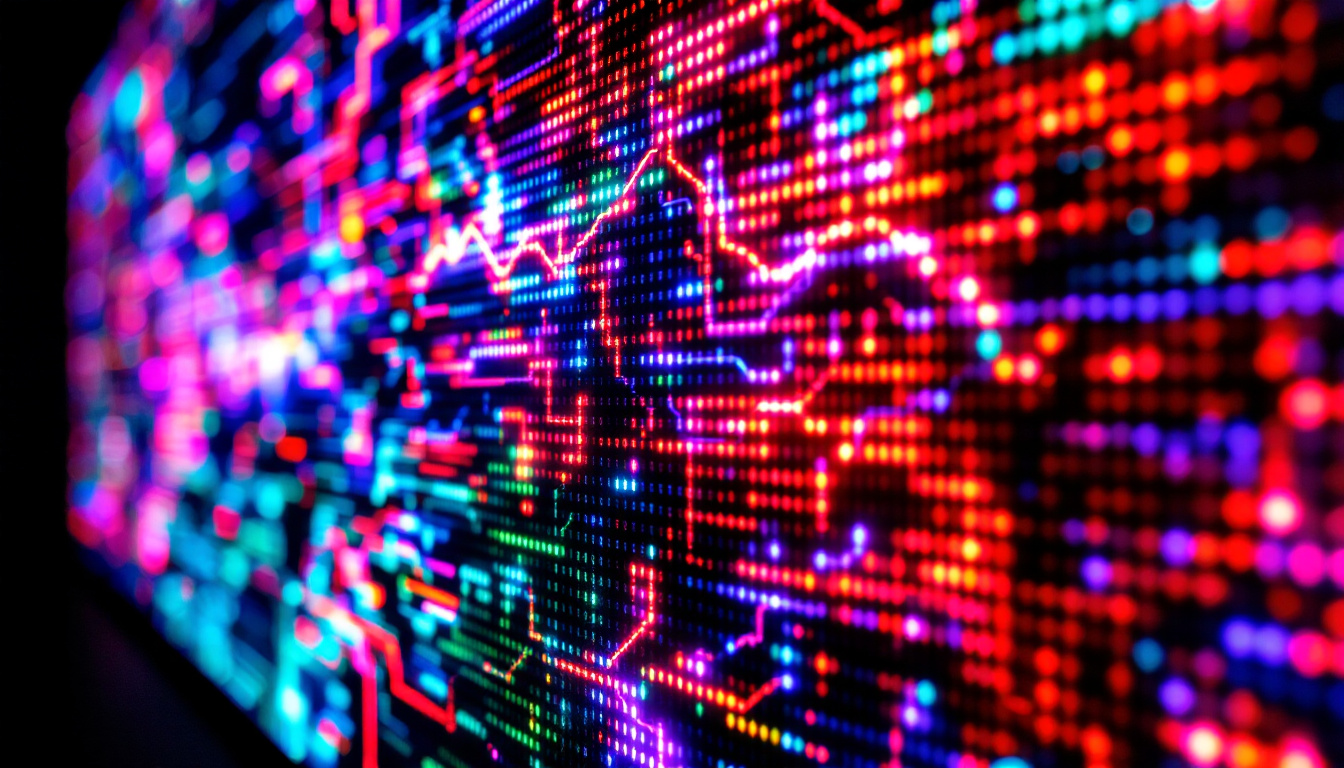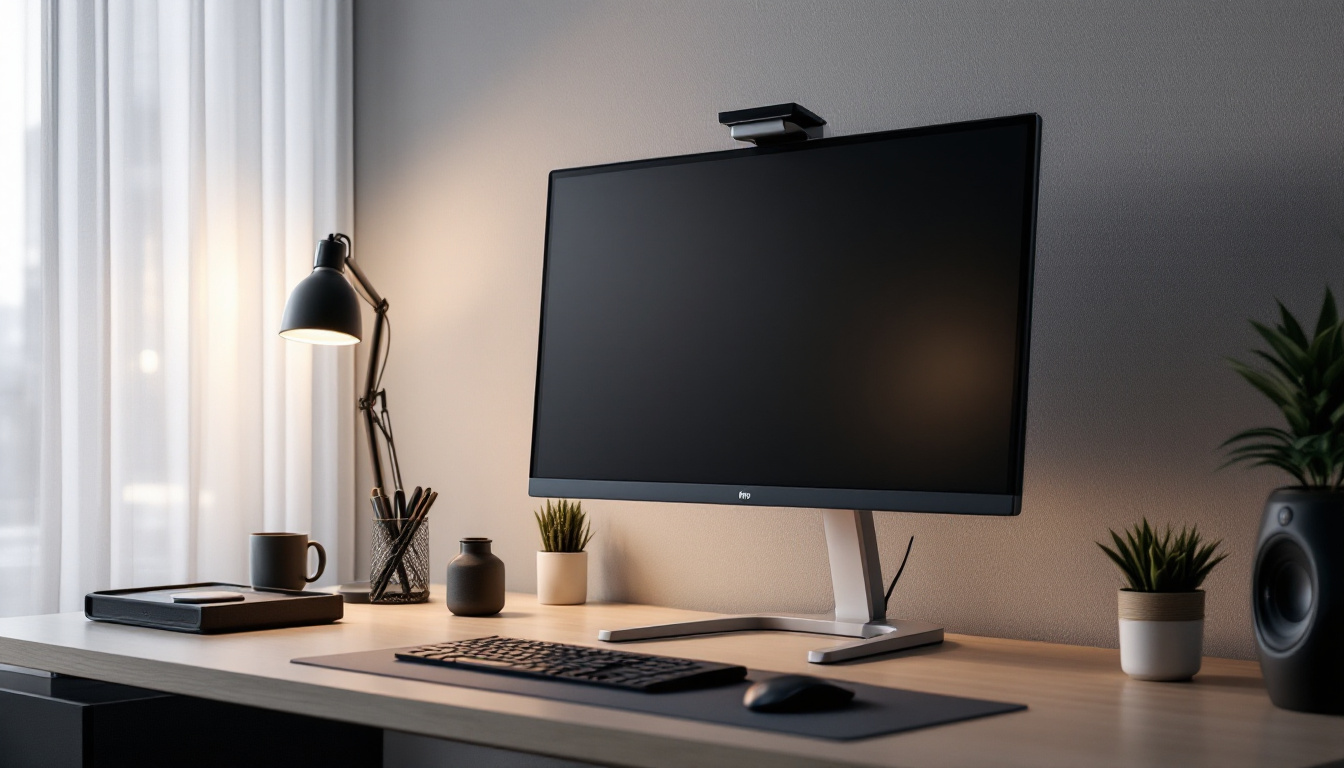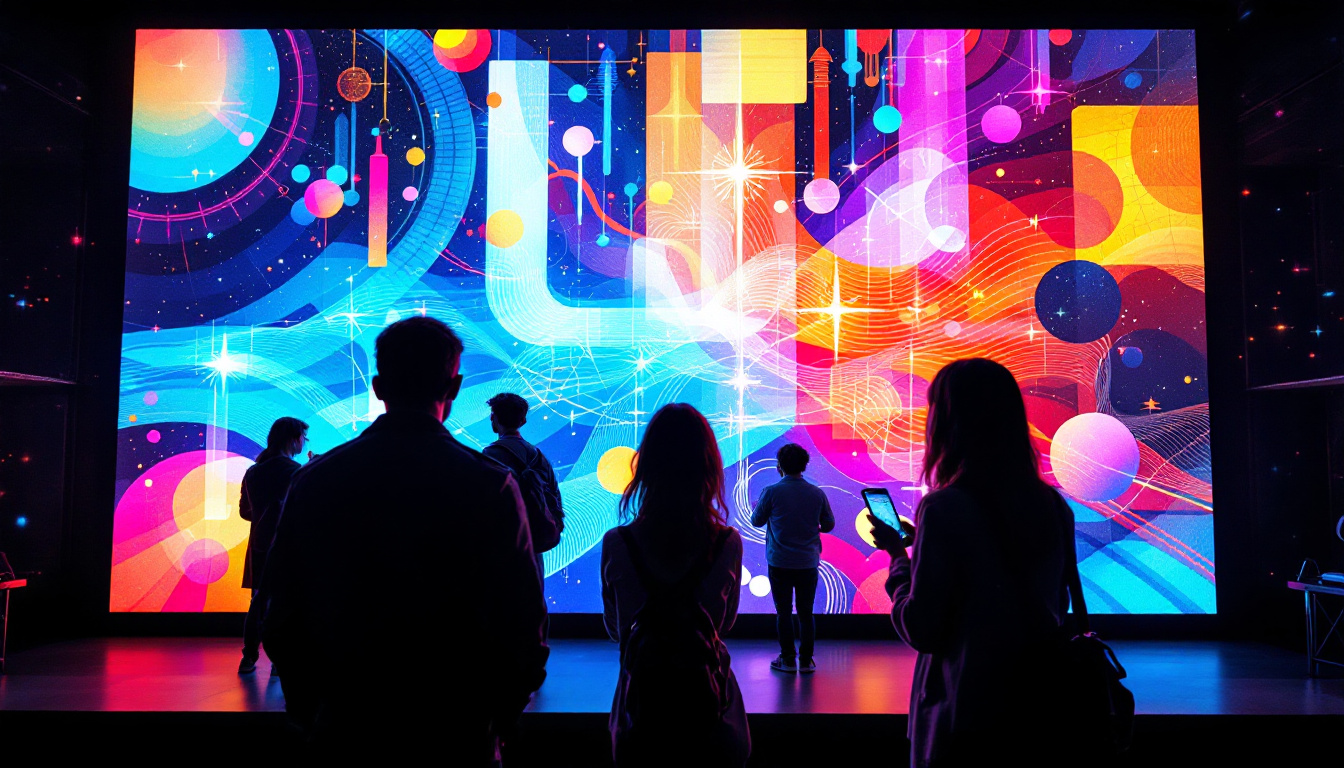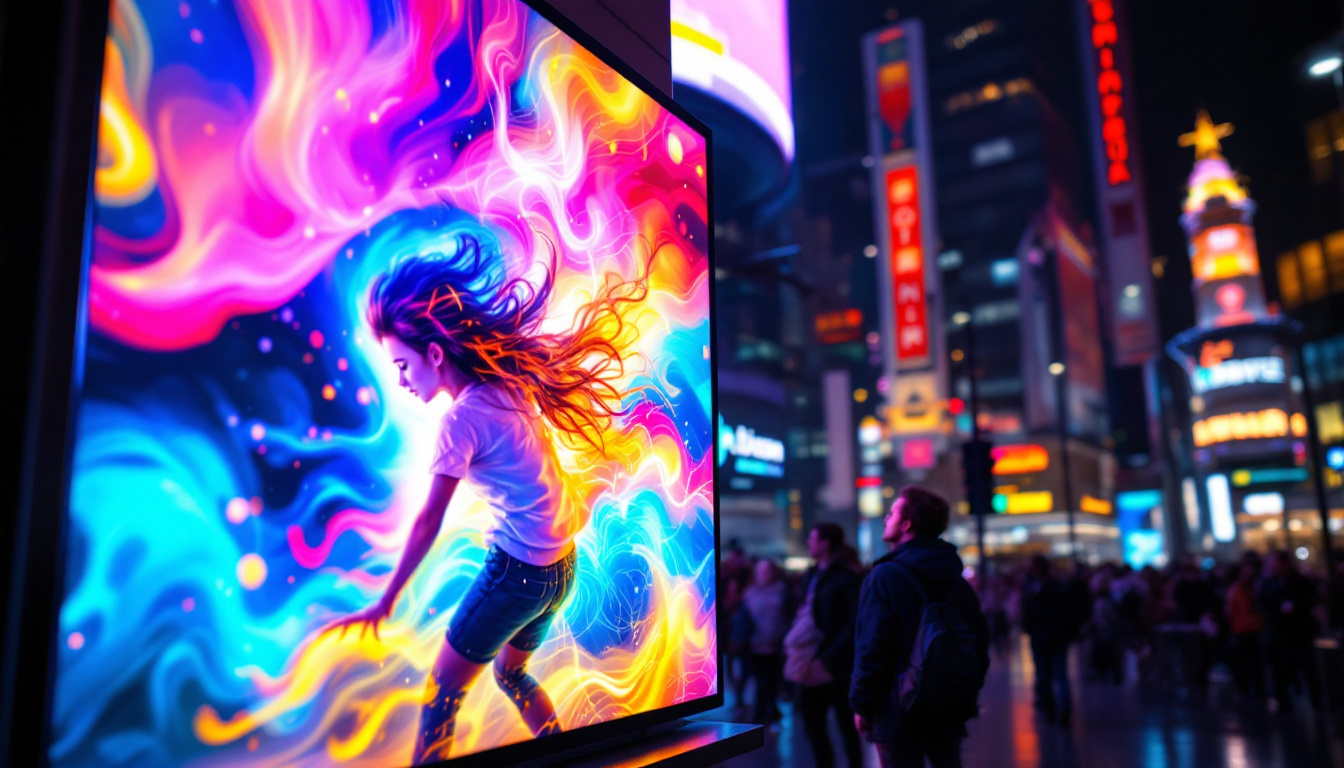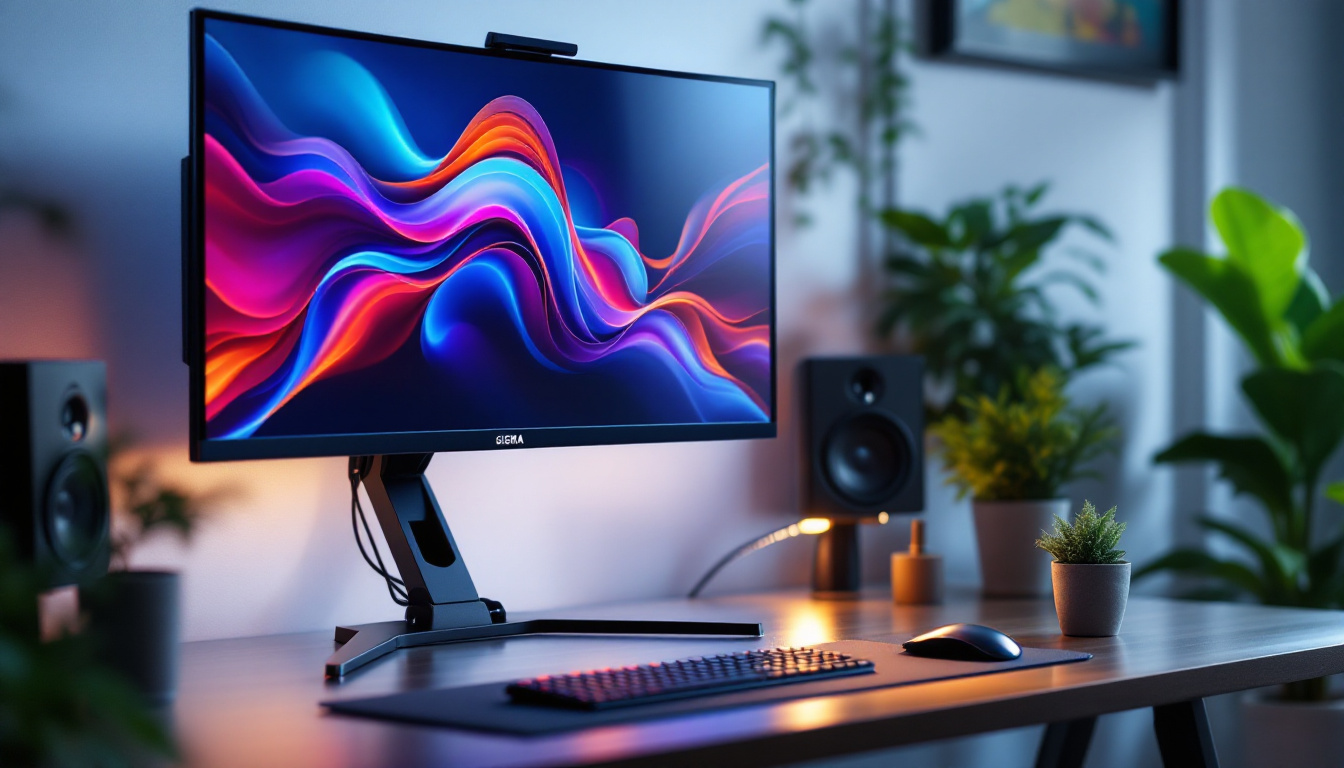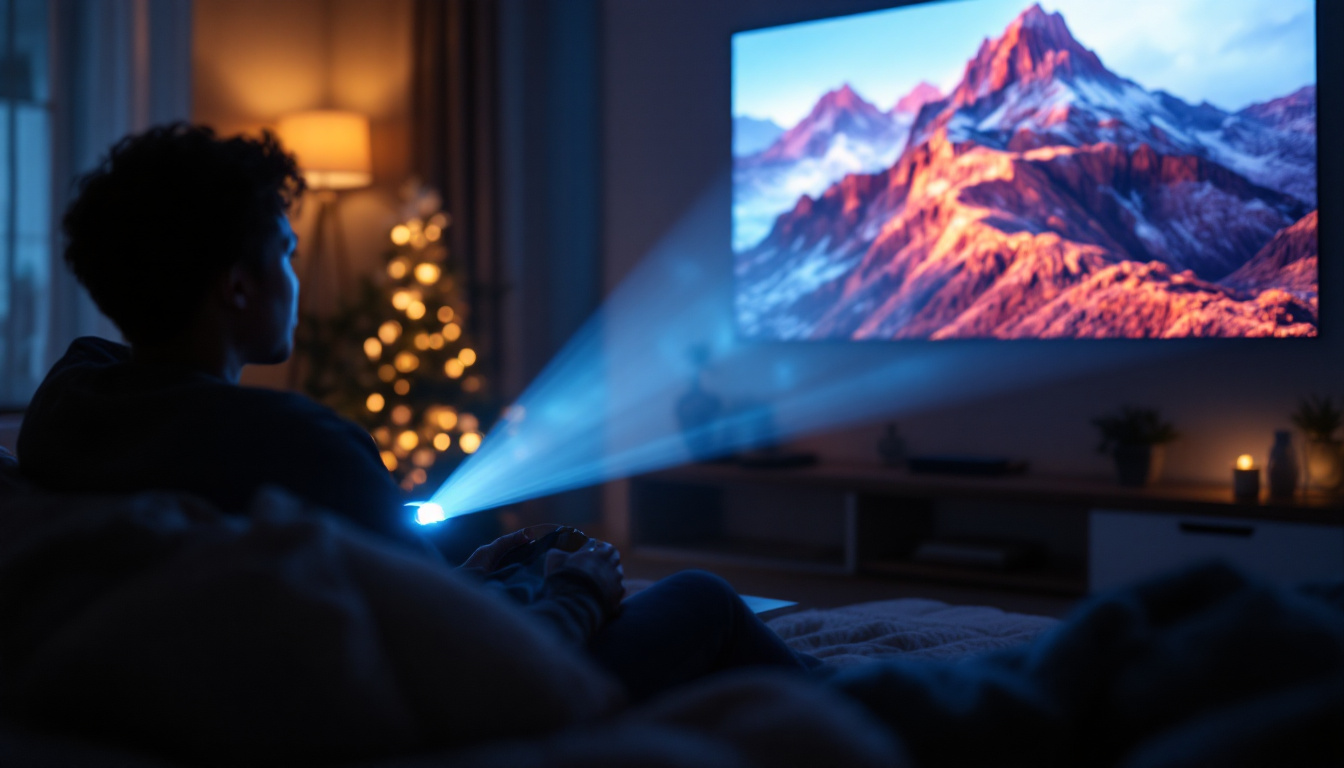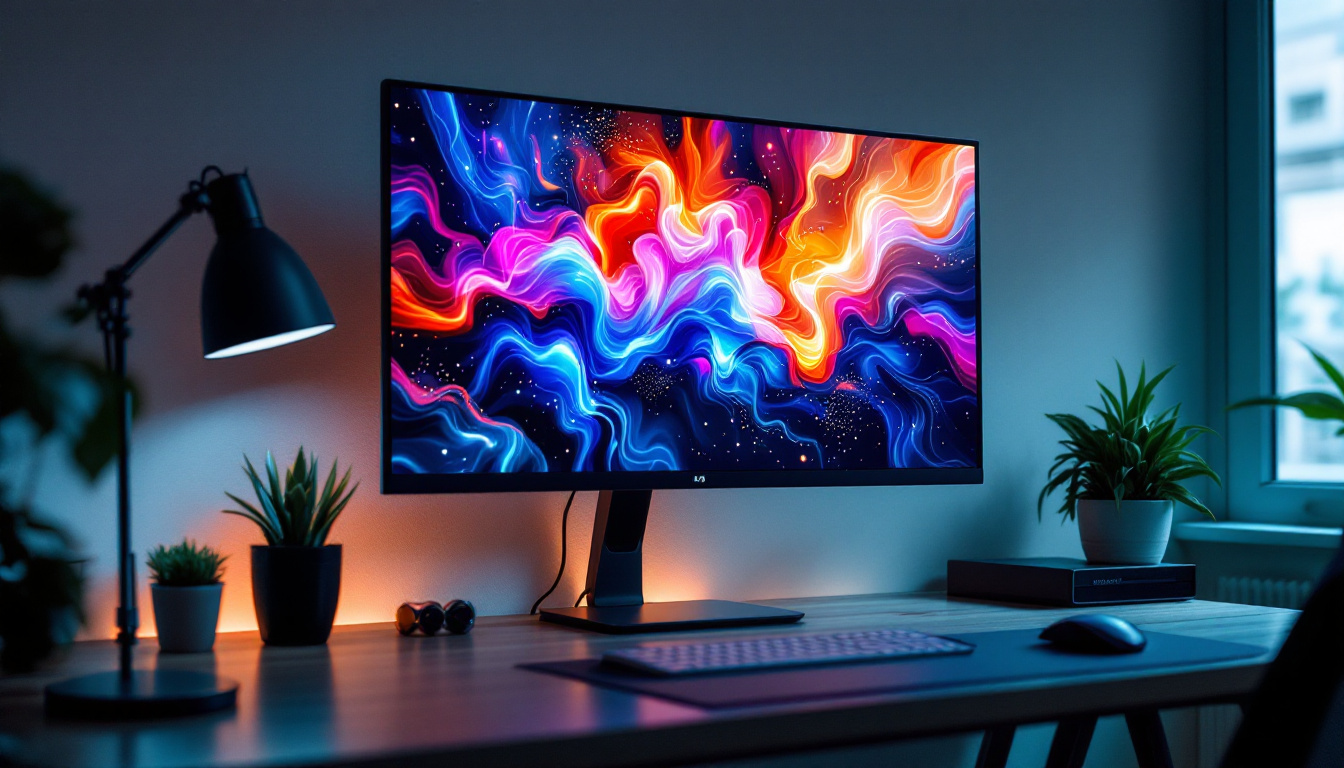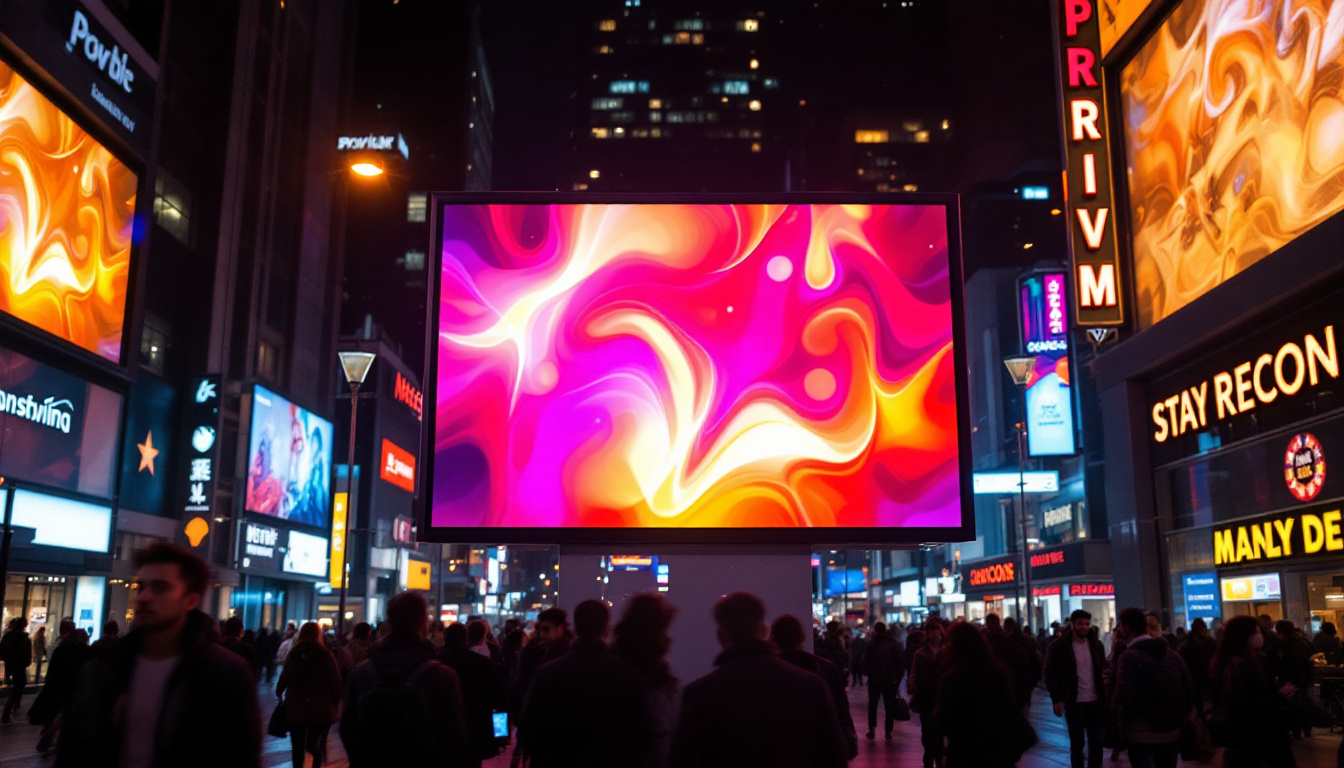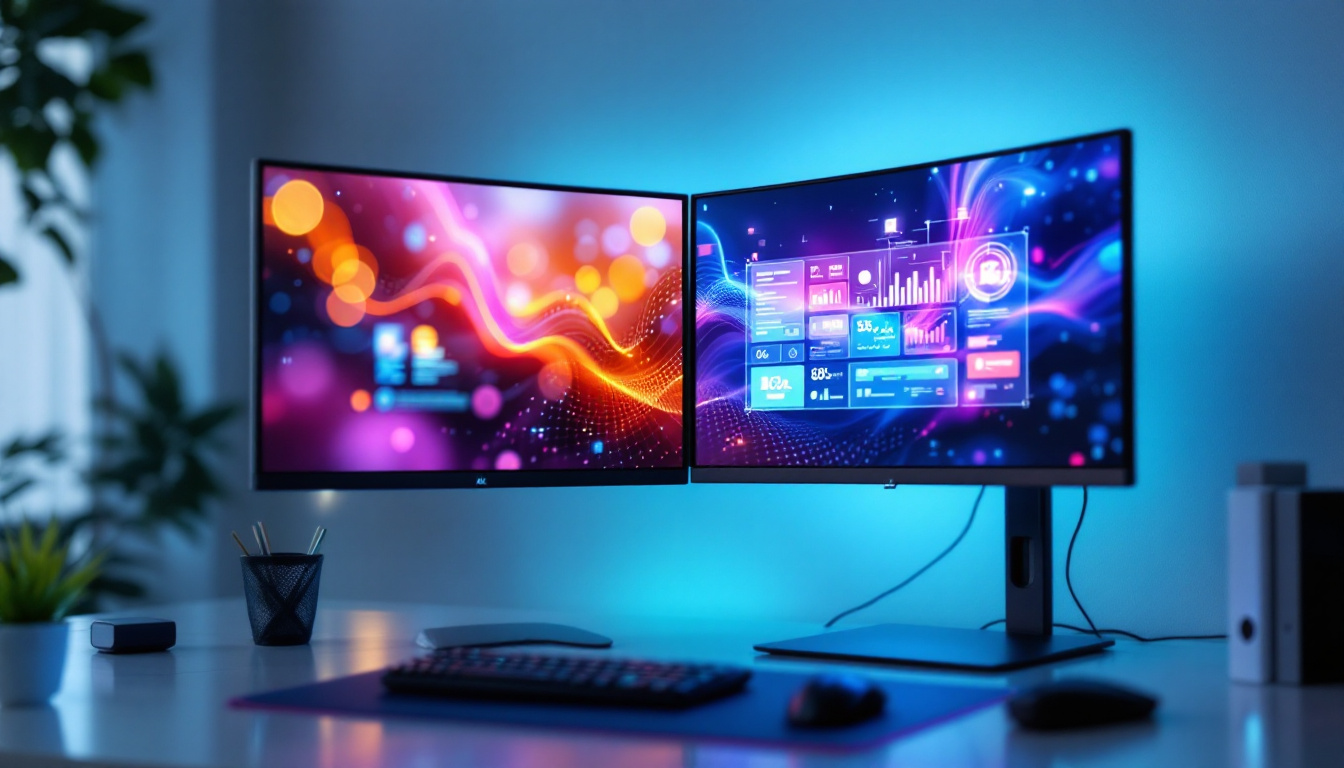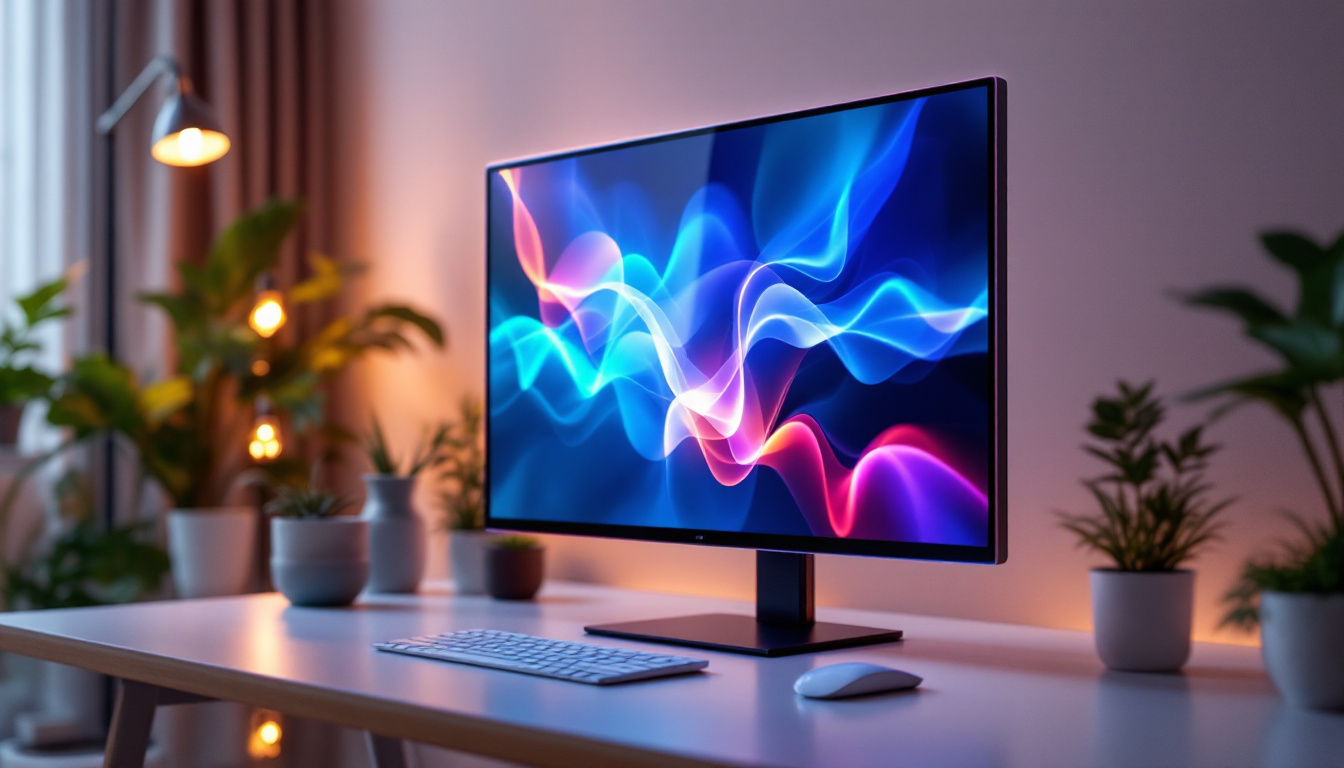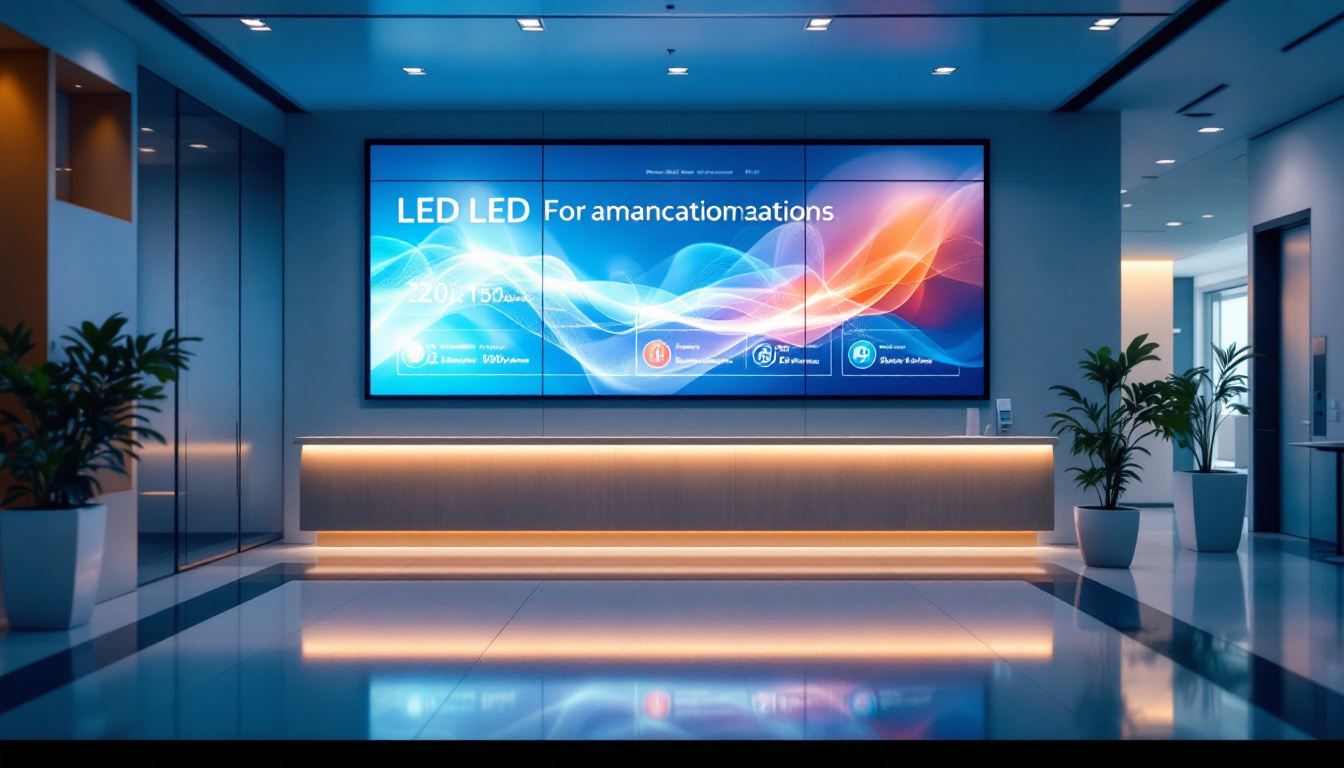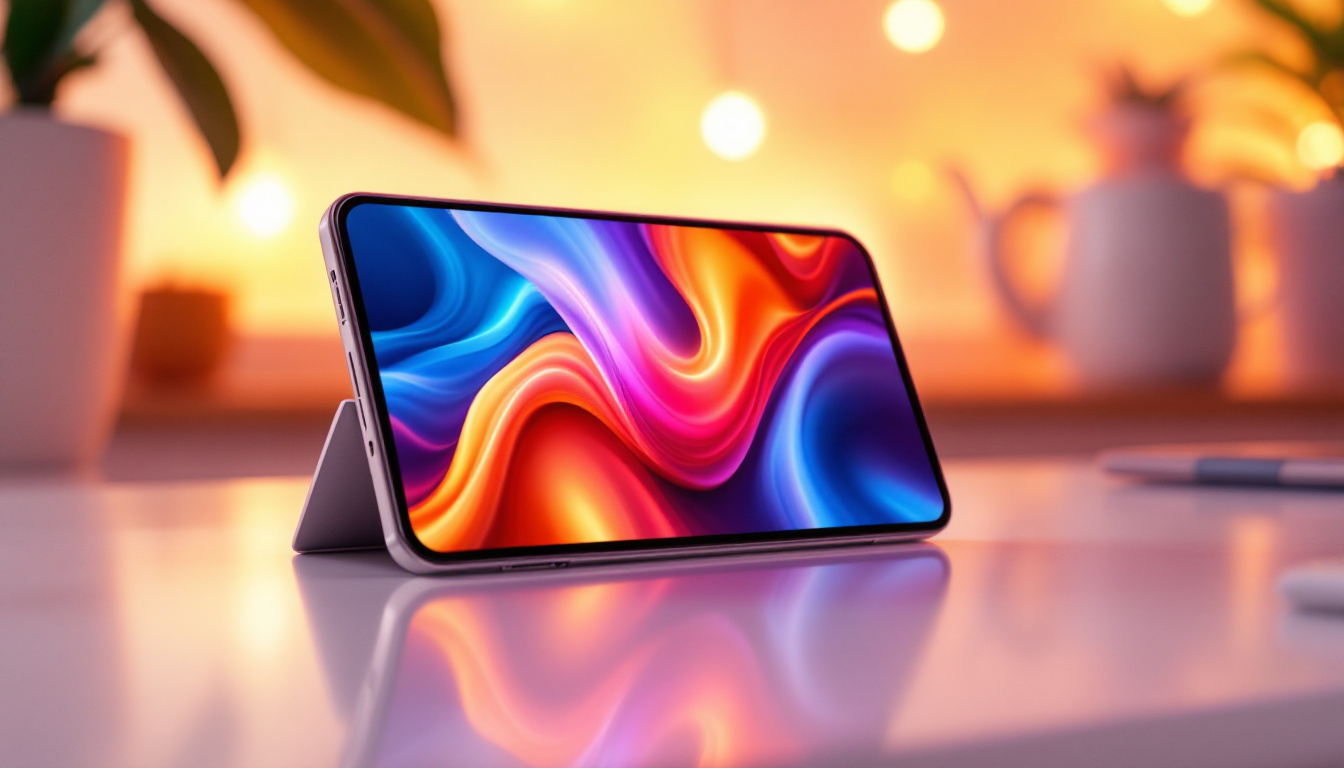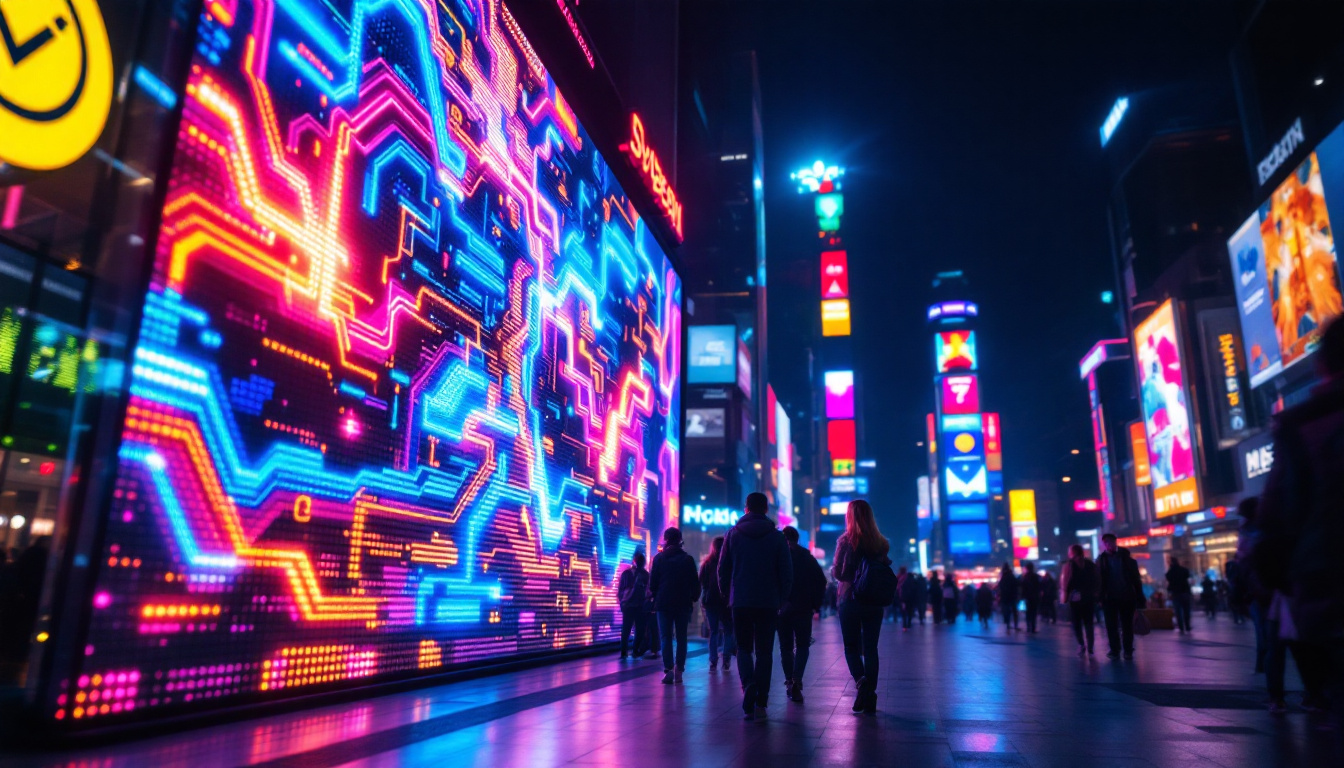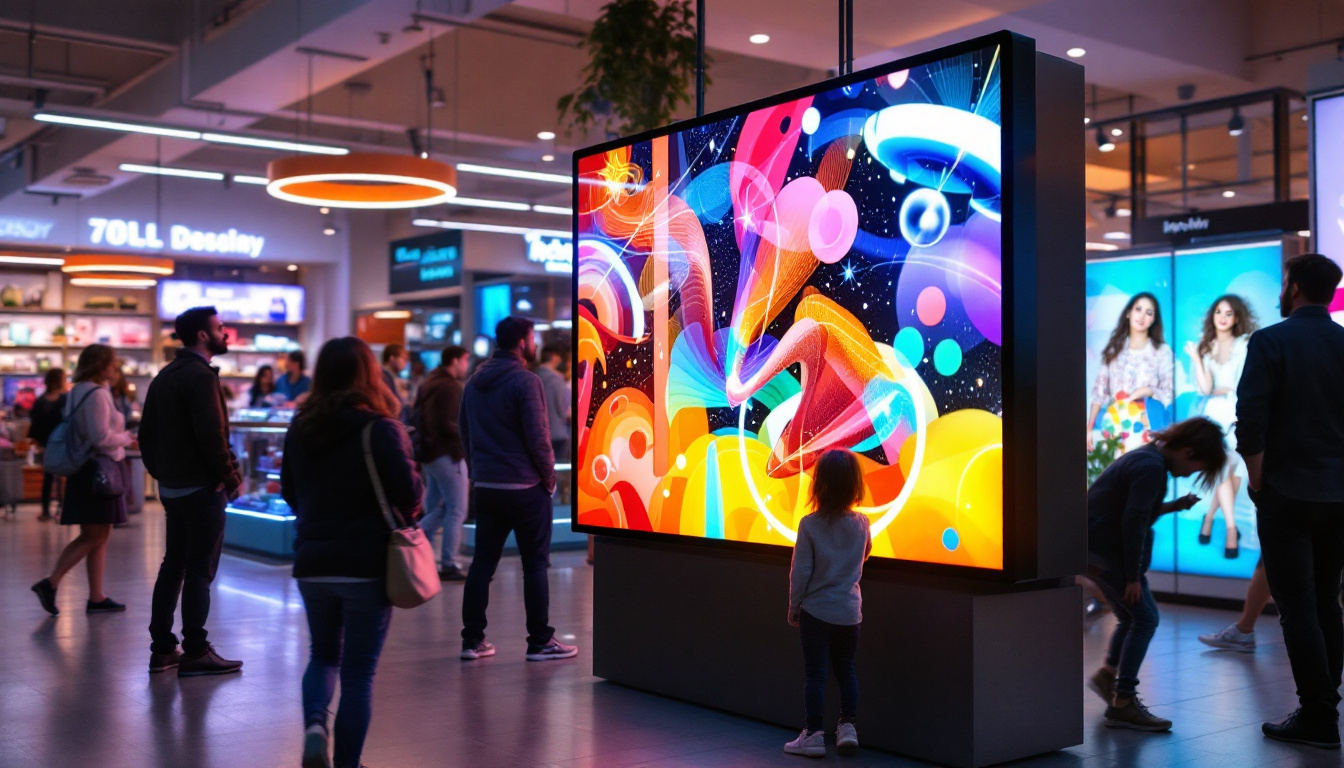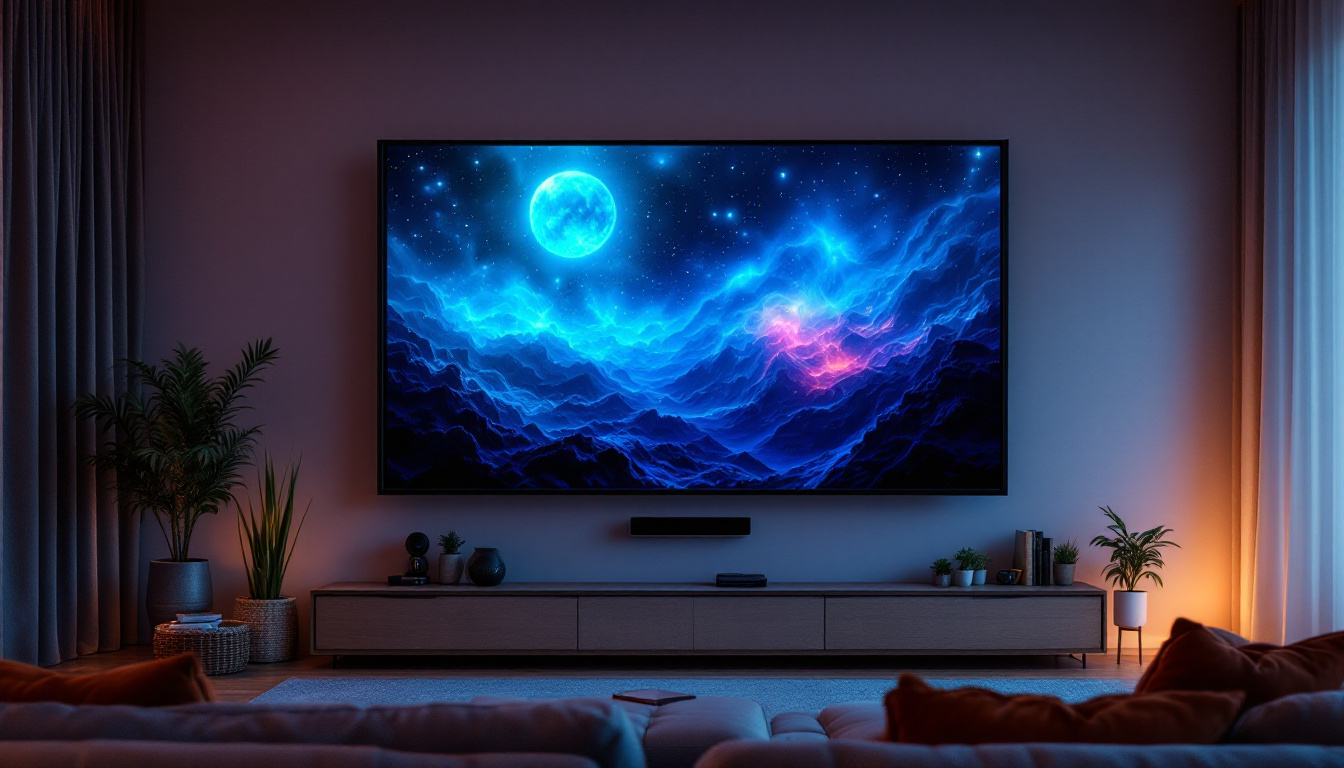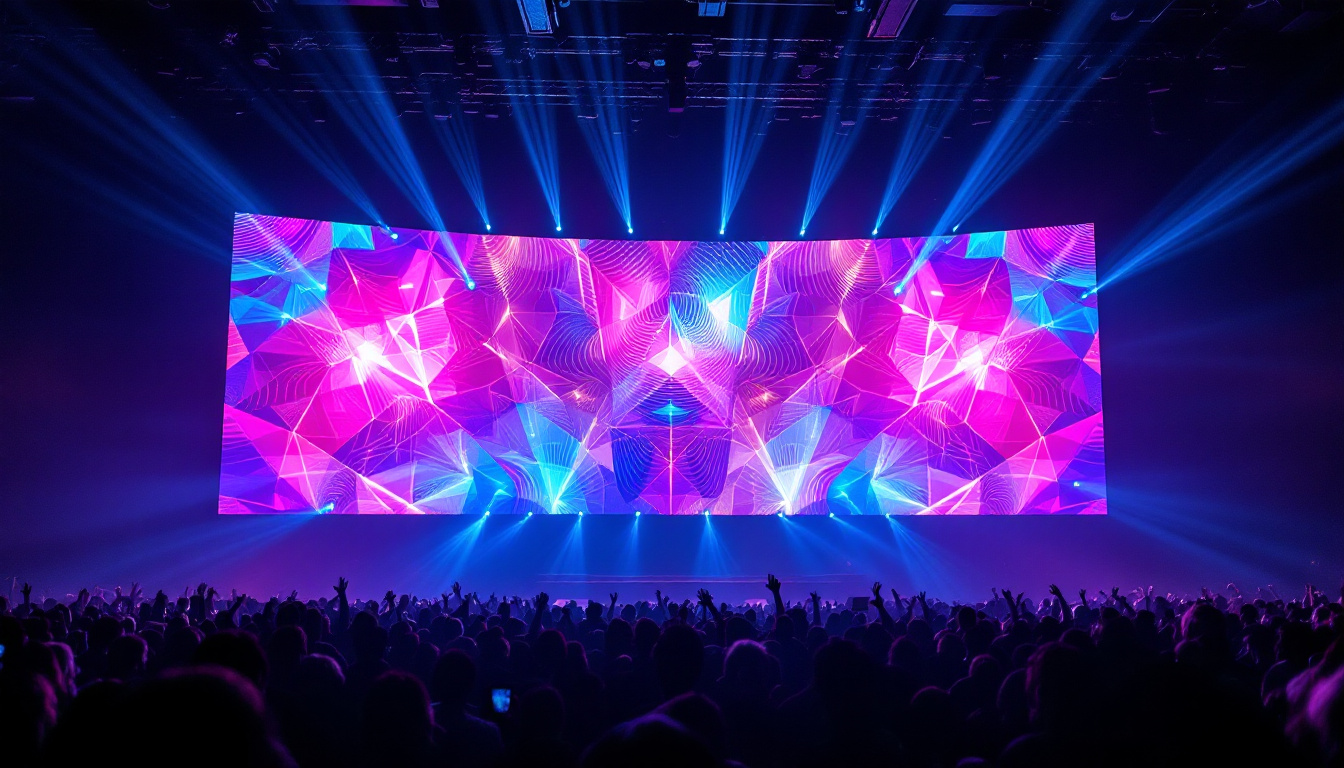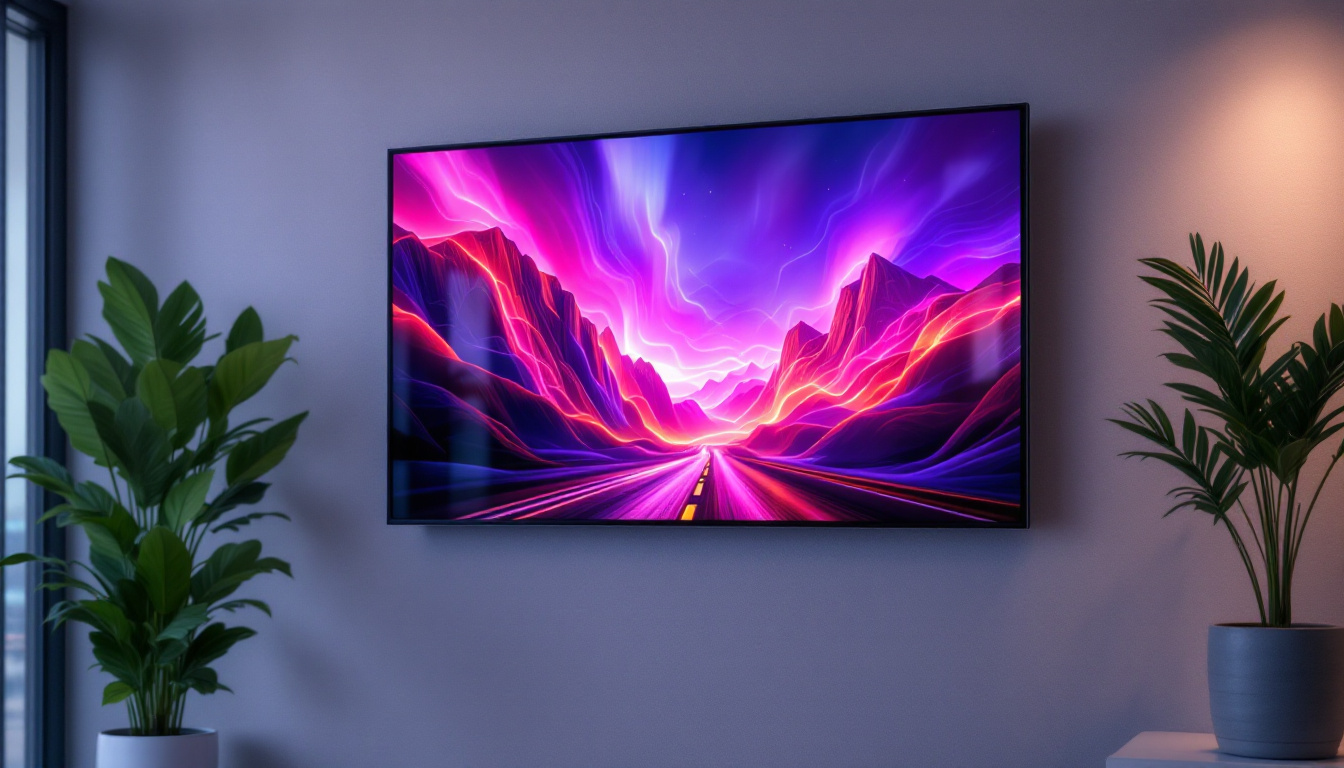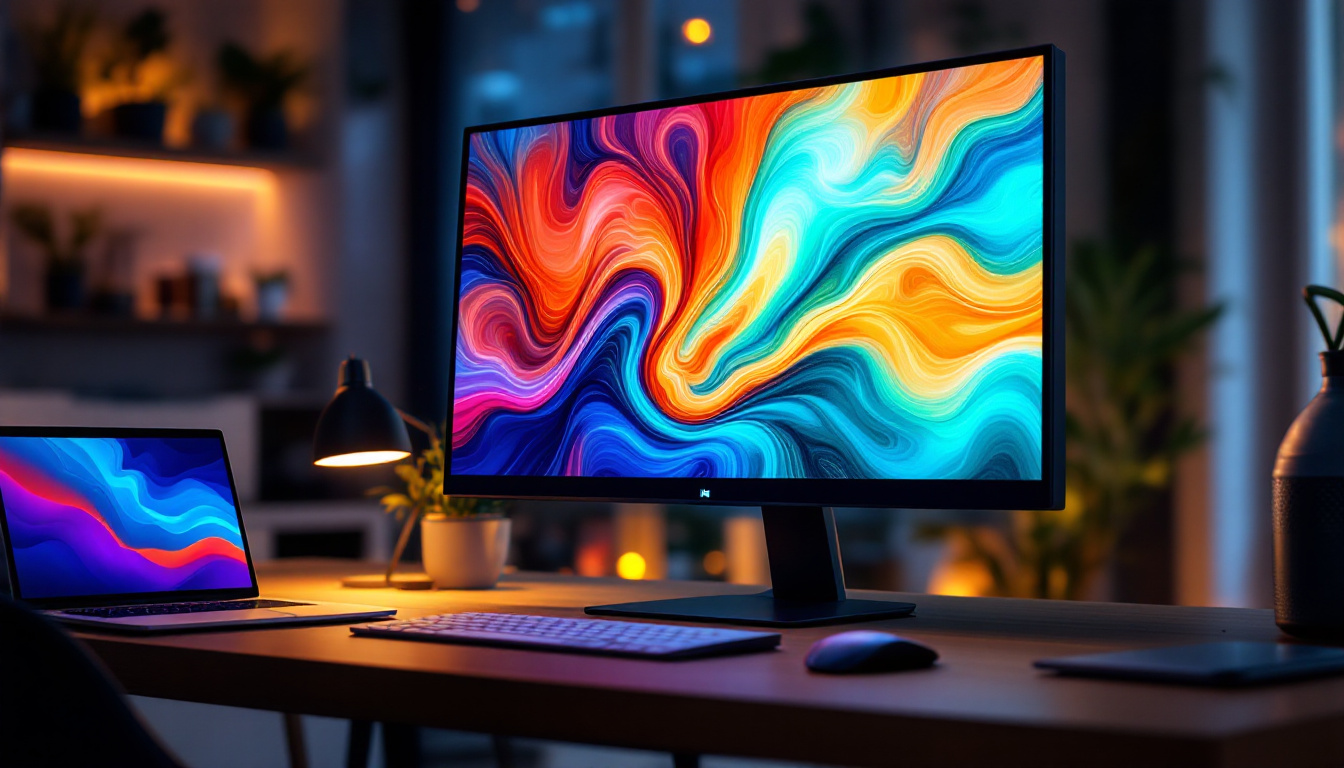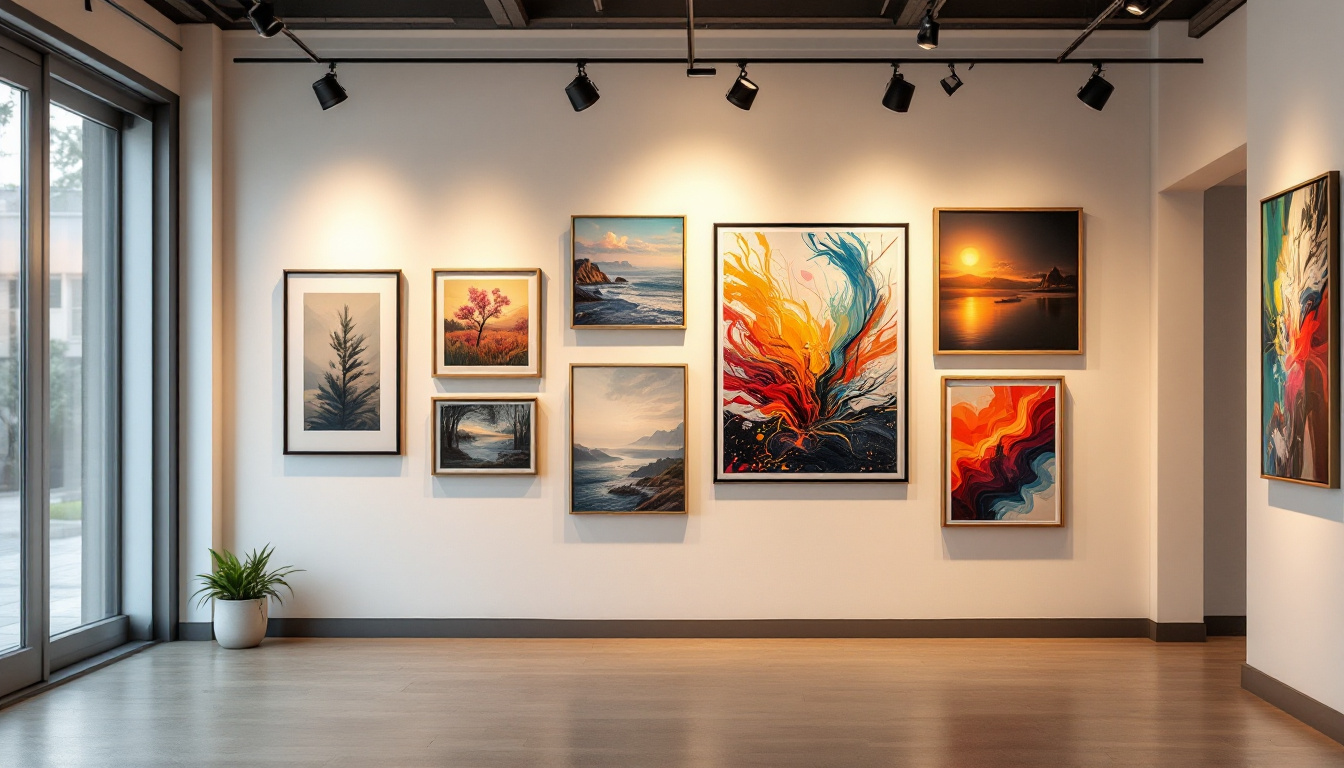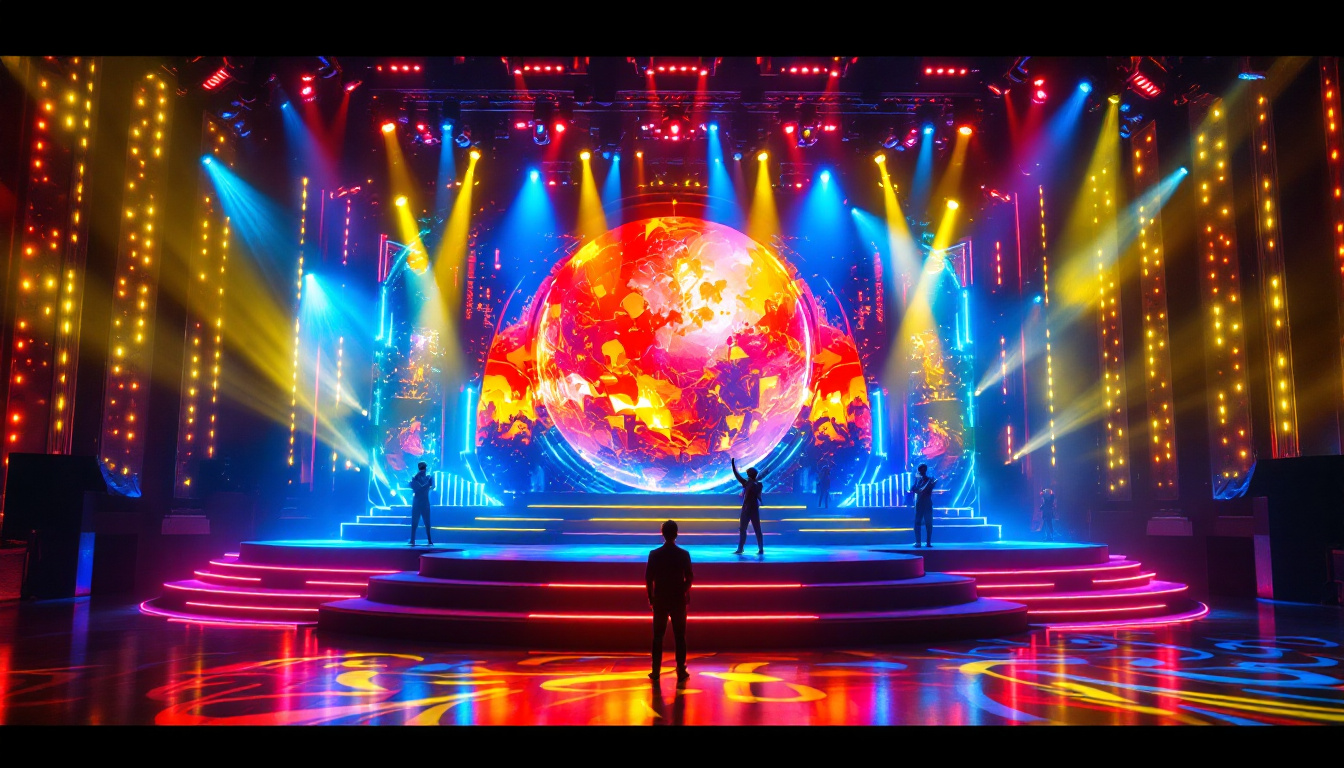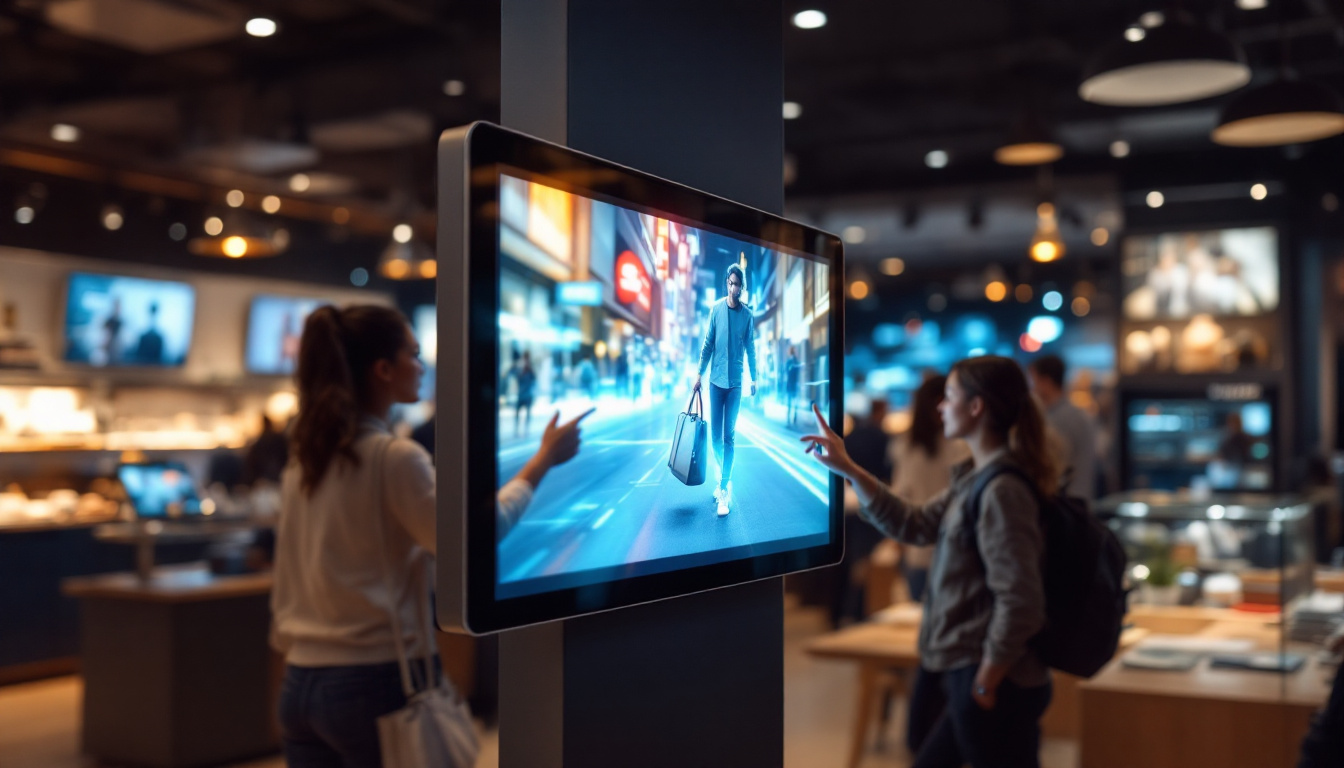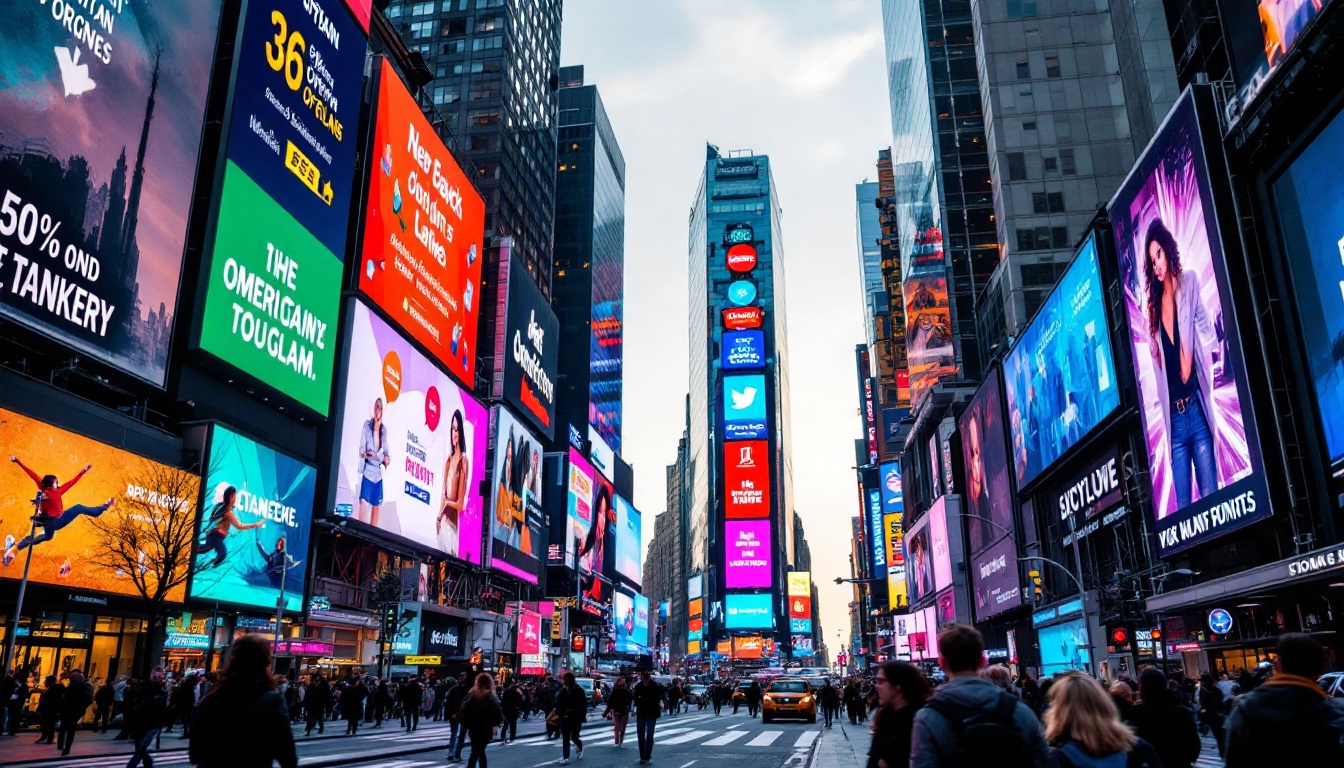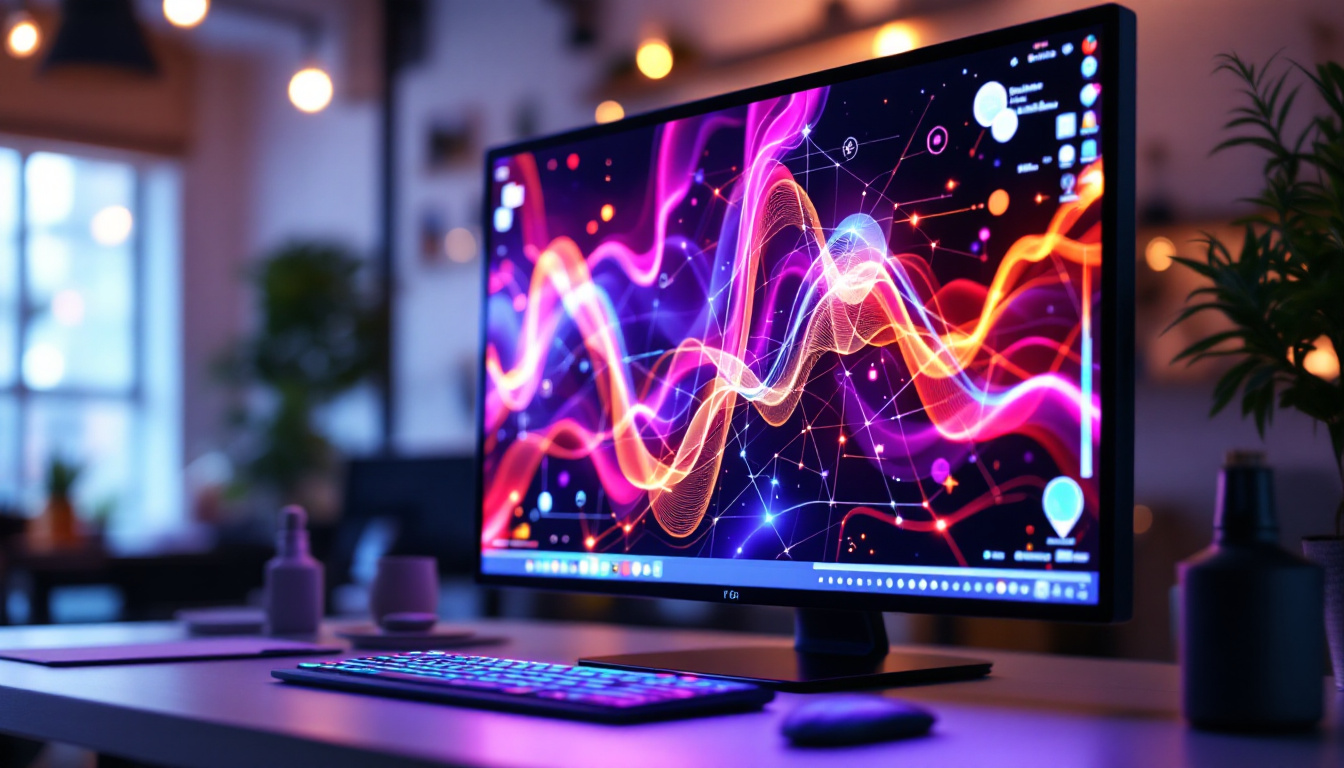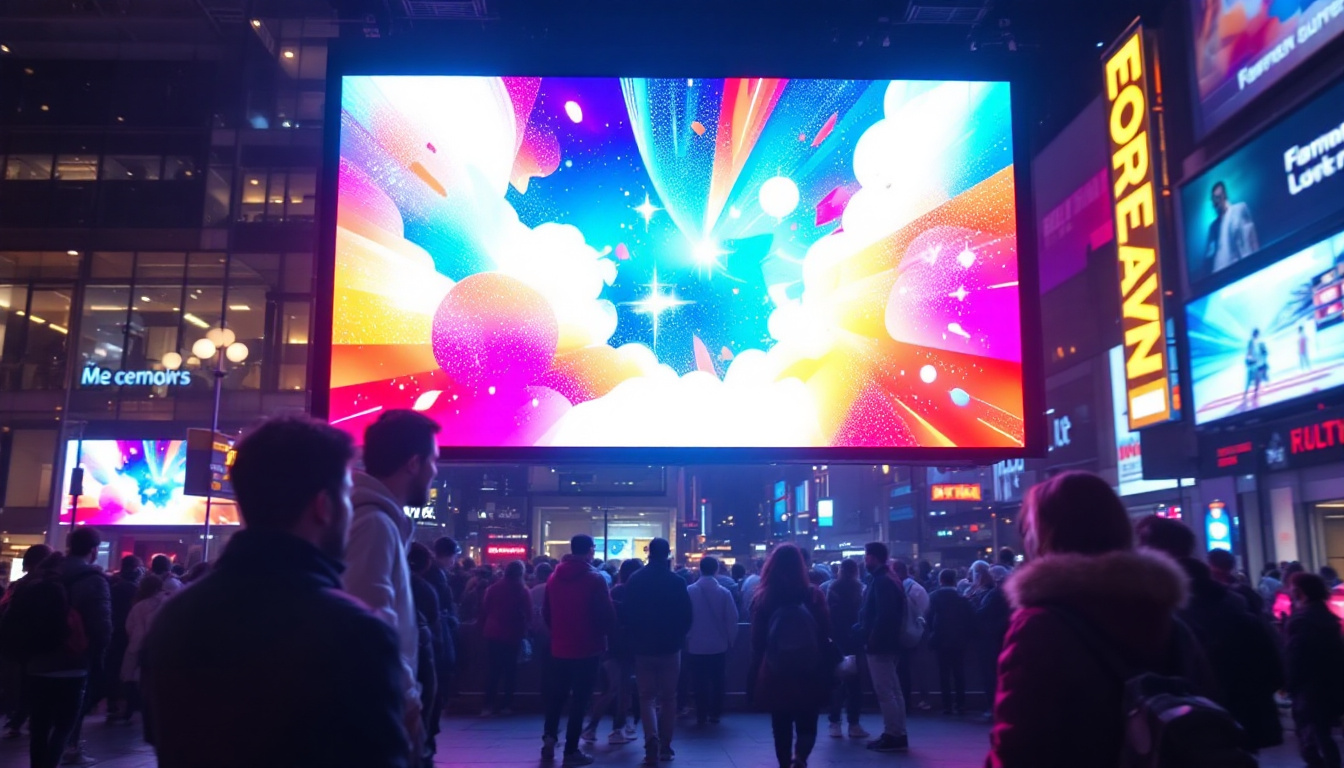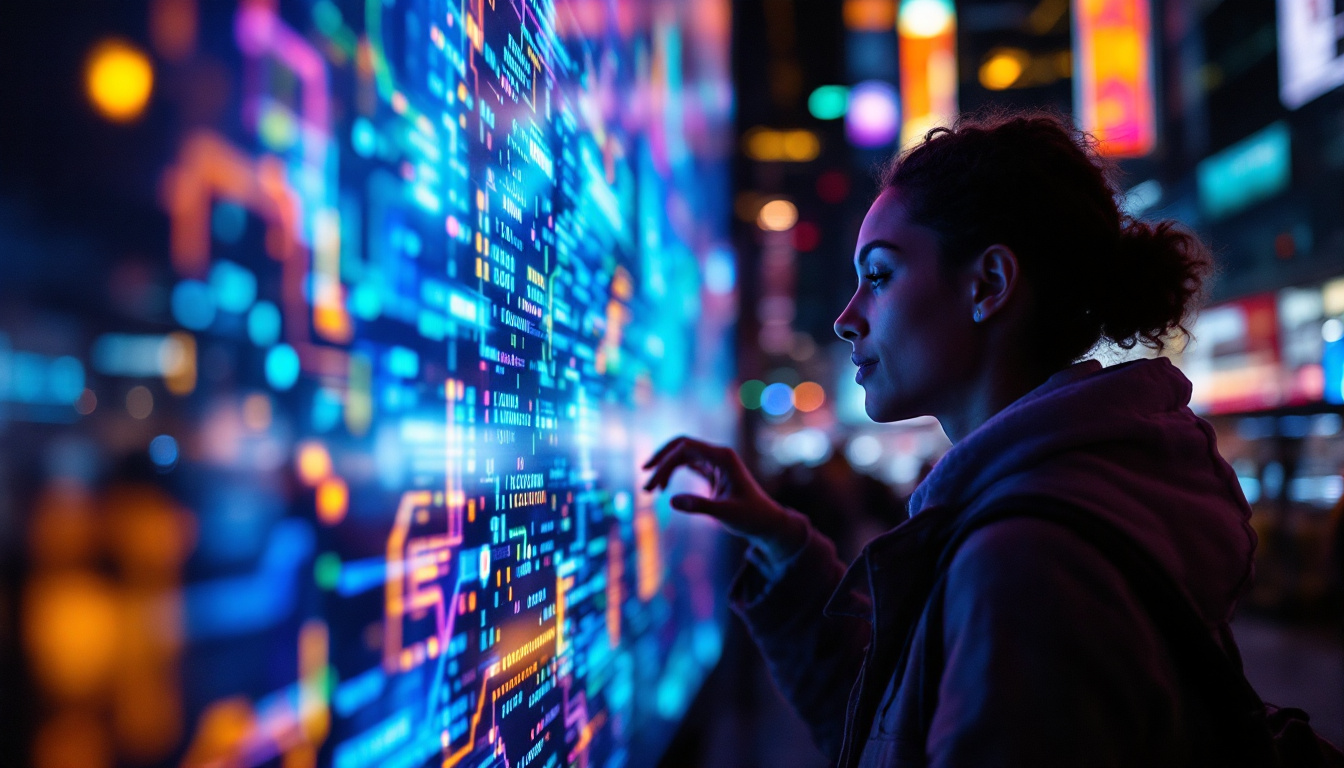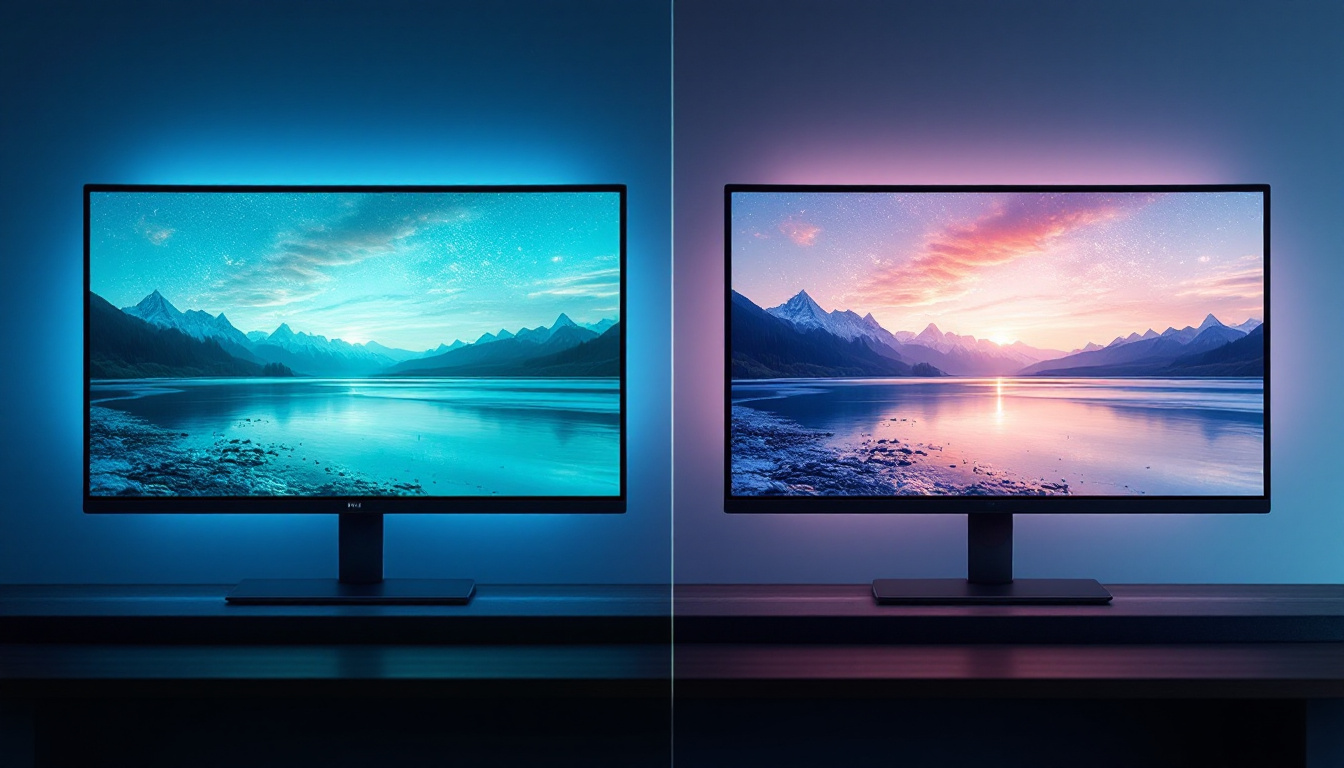The Moire effect is a fascinating optical phenomenon that can occur in various visual displays, particularly in LED screens. This effect can create unexpected patterns and distortions that may distract viewers or even enhance the visual experience, depending on the context. Understanding the Moire effect is essential for anyone involved in display technology, graphic design, or photography. This article will delve into the mechanics of the Moire effect, its implications in LED displays, and how to mitigate its impact.
Understanding the Moire Effect
The Moire effect arises when two regular patterns overlap, creating a new, often unexpected pattern. This phenomenon is commonly observed in textiles, printed images, and digital displays. The Moire effect can manifest in various ways, from subtle distortions to bold, eye-catching designs.
Origins of the Moire Effect
The term “Moire” originates from the French word for “watered,” which describes the wavy patterns seen in certain fabrics. Historically, this effect has been utilized in textiles to create visually appealing designs. However, as technology advanced, the Moire effect found its way into digital media, particularly in LED displays.
In the context of digital displays, the Moire effect occurs when the pixel grid of the display interacts with the fine details of an image or video. This interaction can produce patterns that were not part of the original content, leading to visual artifacts that can be distracting or aesthetically pleasing. Artists and designers have even embraced the Moire effect, using it intentionally to create dynamic visuals that captivate viewers and challenge their perceptions of depth and movement.
How the Moire Effect Occurs
The Moire effect typically occurs when two grids or patterns overlap at a slight angle or when one pattern is scaled relative to the other. In LED displays, this can happen when the pixel arrangement of the screen interacts with the fine details of an image, such as lines or textures. The result is a new pattern that can appear as wavy lines, ripples, or other distortions.
Factors such as resolution, viewing distance, and the quality of the display can influence the intensity and visibility of the Moire effect. Higher resolution displays tend to minimize this effect, as they can better represent fine details without introducing unwanted patterns. Additionally, the Moire effect can be more pronounced in certain types of images, such as those featuring intricate line work or repetitive motifs, making it a fascinating area of study for graphic designers and photographers alike. Understanding how to manipulate or mitigate the Moire effect can enhance the quality of visual presentations, allowing creators to maintain clarity while exploring the boundaries of visual art.
The Moire Effect in LED Displays
LED displays have become ubiquitous in modern technology, ranging from televisions to smartphones and digital billboards. Understanding how the Moire effect manifests in these displays is crucial for designers and engineers alike.
Causes of Moire in LED Displays
In LED displays, the Moire effect can arise from several sources. One common cause is the interaction between the pixel grid of the display and the resolution of the content being displayed. For example, when displaying an image with fine lines or intricate patterns, the pixel arrangement can create a visual interference pattern that is perceived as Moire.
Another factor contributing to the Moire effect is the viewing angle. As the viewer moves or changes their position relative to the display, the perceived patterns can shift, making the Moire effect more pronounced. This dynamic nature can lead to a varied viewing experience, where the effect is more noticeable from certain angles. Additionally, the distance from which the display is viewed plays a significant role; closer proximity can amplify the Moire patterns, while stepping back may diminish their visibility.
Examples of Moire in Practice
In practical applications, the Moire effect can be seen in various contexts. For instance, photographers may encounter the Moire effect when capturing images of finely detailed fabrics or screens. In digital design, graphic artists must be aware of how their designs may interact with display technology to avoid unwanted artifacts. This is particularly important in industries such as fashion and architecture, where precise details are crucial for the overall aesthetic and functionality of the design.
Moreover, the Moire effect can sometimes be creatively utilized in graphic design and advertising. Designers may intentionally incorporate Moire patterns to create visual interest or to draw attention to specific elements of a design. However, this requires a careful balance to ensure that the effect enhances rather than detracts from the overall message. In some cases, brands have leveraged the Moire effect to create striking visuals that captivate audiences, using it as a tool for storytelling or to evoke emotions. The interplay of light and pattern can transform a simple image into a dynamic experience, inviting viewers to engage more deeply with the content presented on the screen.
Mitigating the Moire Effect
While the Moire effect can be intriguing, it can also pose challenges, particularly in professional settings where image clarity is paramount. Fortunately, there are several strategies to mitigate its impact in LED displays.
Adjusting Display Settings
One of the simplest ways to reduce the Moire effect is by adjusting the display settings. Modifying parameters such as brightness, contrast, and sharpness can help minimize the visibility of unwanted patterns. Additionally, using anti-aliasing techniques in graphic design can smooth out edges and reduce the likelihood of Moire artifacts.
For professionals working with images, utilizing high-resolution files can also help. Higher resolution images provide more detail, allowing the display to render them more accurately without introducing visual interference. This is particularly important in fields such as photography, where clarity is essential. Furthermore, ensuring that the aspect ratio of the image matches that of the display can prevent distortion that may exacerbate the Moire effect. By maintaining consistency in dimensions, the risk of interference patterns appearing can be significantly reduced.
Using Anti-Moire Techniques
There are specific techniques designed to combat the Moire effect in digital media. One effective method is to apply a slight blur to the image, which can help to blend fine details and reduce the likelihood of interference patterns. This technique is often used in print media to prevent Moire when reproducing images with fine lines or textures. Additionally, employing a Gaussian blur can create a more natural transition between colors and shapes, which further diminishes the sharpness of unwanted patterns.
Another approach is to use dithering, a process that adds noise to an image to break up regular patterns. By introducing random variations, dithering can help to minimize the visibility of the Moire effect. This technique is commonly employed in digital art and graphic design to achieve smoother gradients and reduce artifacts. Moreover, utilizing specialized software tools that offer advanced filtering options can provide artists and designers with greater control over how images are processed, allowing them to tailor their approach to specific projects and desired outcomes. Such tools often include features that can automatically detect and correct for potential Moire issues, streamlining the workflow and enhancing overall image quality.
The Role of Technology in Managing Moire
As technology continues to evolve, new methods for managing the Moire effect in LED displays are being developed. Advances in display technology, image processing, and software solutions are all contributing to improved visual experiences.
High-Resolution Displays
The advent of high-resolution displays has significantly reduced the prevalence of the Moire effect. With more pixels packed into the same screen space, high-resolution displays can render images with greater detail and accuracy. This means that the pixel grid is less likely to interfere with the fine details of the content being displayed.
Moreover, technologies such as 4K and 8K resolution have made it possible to achieve stunning clarity in images and videos. As a result, the Moire effect becomes less noticeable, allowing viewers to enjoy a more immersive experience without the distraction of visual artifacts.
Software Solutions
In addition to hardware advancements, software solutions are also playing a crucial role in managing the Moire effect. Image processing algorithms can analyze the content being displayed and make real-time adjustments to minimize the visibility of Moire patterns. These algorithms can identify areas where interference is likely to occur and apply techniques such as blurring or dithering to mitigate the effect.
Furthermore, graphic design software often includes tools specifically designed to address the Moire effect. Designers can utilize these tools to preview how their work will appear on various displays, allowing for adjustments before finalizing their designs.
Conclusion
The Moire effect is a complex optical phenomenon that can have both positive and negative implications in LED displays. While it can create intriguing patterns and visual interest, it can also lead to distracting artifacts that detract from the viewing experience.
Understanding the mechanics of the Moire effect is essential for professionals in fields such as graphic design, photography, and display technology. By employing strategies to mitigate its impact and leveraging advancements in technology, it is possible to enhance visual clarity and create more engaging experiences for viewers.
As technology continues to evolve, the Moire effect will likely remain a topic of interest and exploration. By staying informed about the latest developments and best practices, individuals can navigate the complexities of this phenomenon and make the most of their visual displays.
Explore Cutting-Edge LED Display Solutions with LumenMatrix
Ready to take your visual displays to the next level and minimize the Moire effect? Discover LumenMatrix’s innovative LED display technology, designed to deliver crystal-clear images and captivating visual experiences. From Indoor and Outdoor LED Wall Displays to specialized solutions like Vehicle, Sports, and Floor LED Displays, LumenMatrix offers a wide range of products to meet your unique needs. Elevate your brand visibility and engage your audience like never before. Check out LumenMatrix LED Display Solutions today and revolutionize the way you communicate visually.

